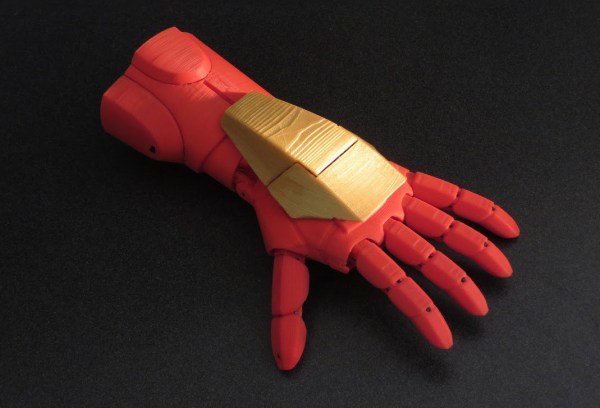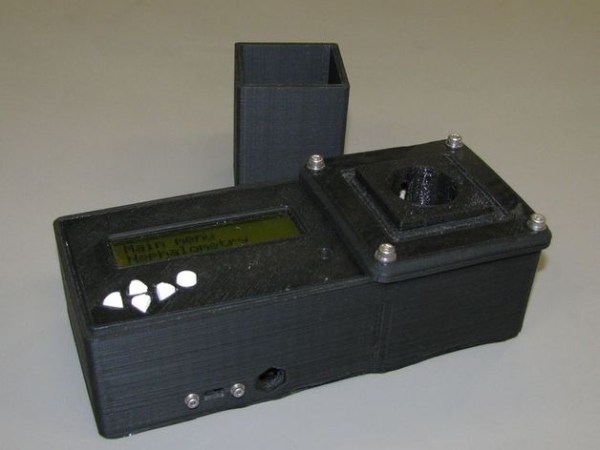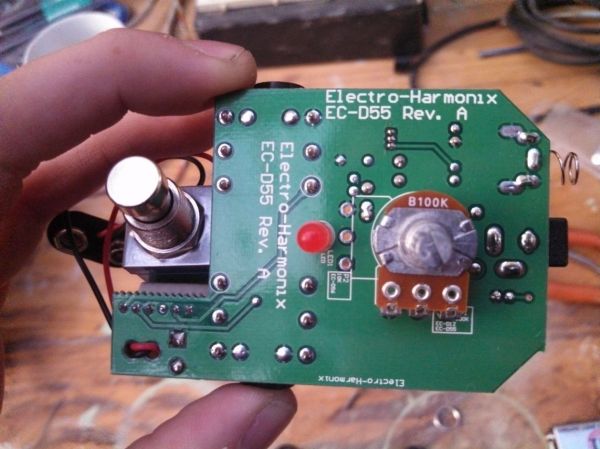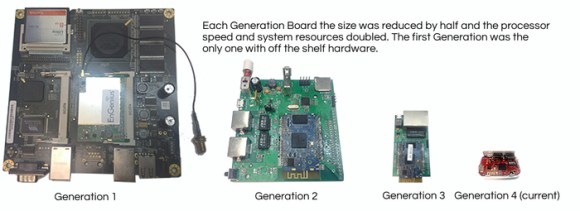It’s exciting how much 3D printing has enabled us to produce pretty much any shape for any purpose on the fly. Among the most thoughtful uses for the technology that we’ve seen are the many functioning and often beautiful prosthetics that not only succeed in restoring the use of a limb, but also deliver an air of style and self-expression to the wearer. The immediate nature of the technology allows for models to be designed and produced rapidly at a low-cost, which works excellently for growing children. [Pat Starace’s] Iron Man inspired 3D printed hand and forearm are a perfect example of such personality and expert engineering… with an added dash of hacker flair.
With over twenty years of experience in animatronics behind him, [Starace] expertly concealed all of the mechanical ligaments within the design of his arm, producing a streamline limb with all the nuance of lifelike gesture. It was important that the piece not only work, but give the wearer that appropriate super hero-like feeling while wearing it. He achieves this with all the bells and whistles hidden within the negative space of the forearm, which give the wearer an armory of tricks up their sleeve. Concealed in the plating, [Starace] uses an Arduino and accelerometer to animate different sets of LEDs as triggered by the hand’s position coupled with specific voice commands. Depending on what angle the wrist is bent at, the fingers will either curl into a fist and reveal hidden ‘lasers’ on the back of the hand, or spread open around a pulsing circle of light on the palm when thrust outward.
The project took [Starace] quite a bit of time to print all the individual parts; around two days worth of time. This however is still considered quick in comparison to the custom outfitting and production of traditional prosthetics… not to mention, the traditional stuff wouldn’t have LEDs. This piece has a noble cause, and is an exciting example of how 3D printing is adding a level of heroism to everyday life.
Thank you Julius for pointing out this awesome project to us!
Continue reading “3D Printing Goes Hand In Hand With Iron Man Inspired Prosthetic”


























